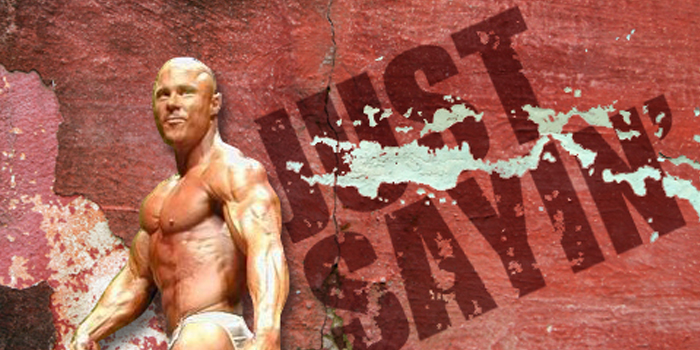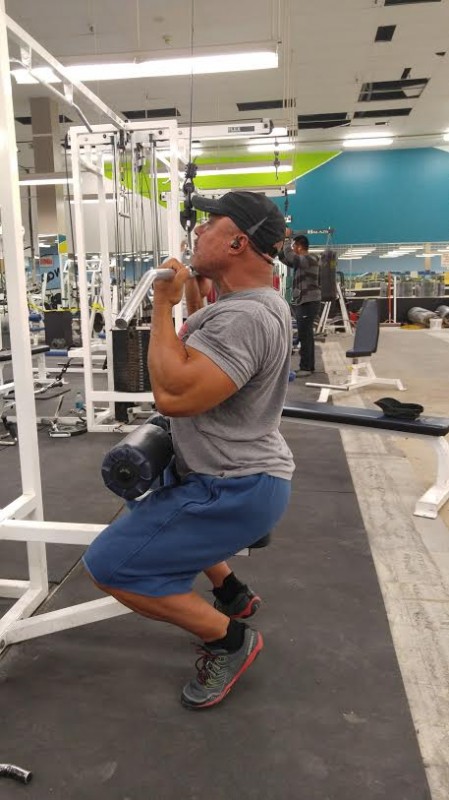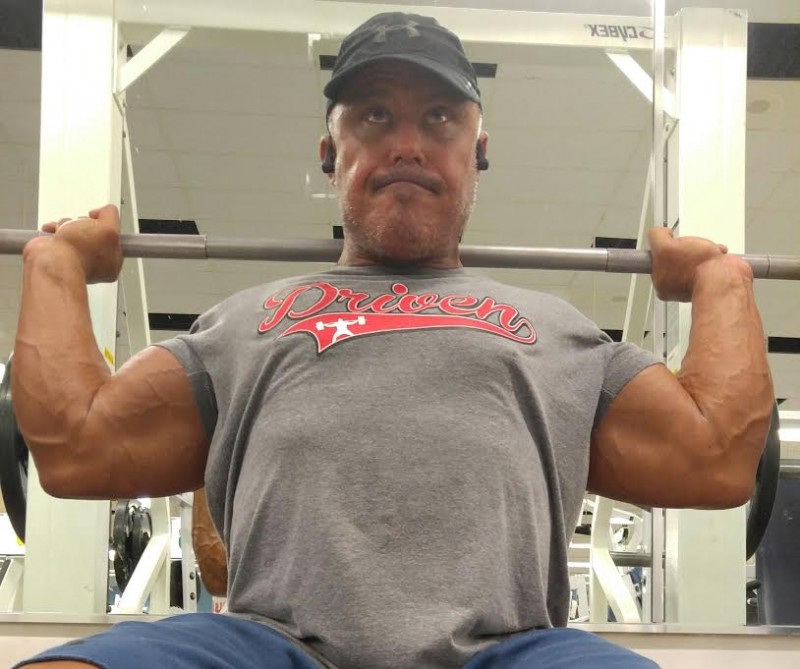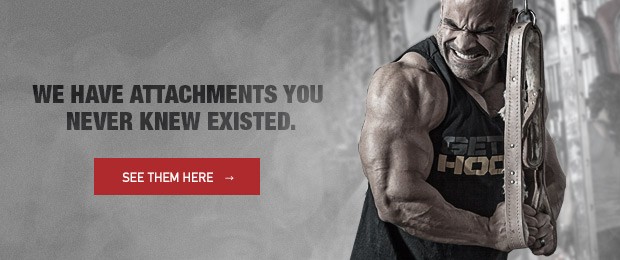
There is nothing worse than accumulating years of experience in the gym and then having yourself convinced that you have covered all there is to know or learn. One of the main things—and the most important things—I have done in the last year or two has been to revisit what I thought I knew, what I have come to accept, and what has and hasn’t worked well for me over the years. A LOT of years. My expectations weren’t terribly high, if I am being honest. I kind of expected that I would try some “old” things and shrug thinking, “Yep, I tried it again and it is still shit just like it was twenty years ago." Bitch is, that didn’t happen. Well, it didn’t happen with everything. I was humbled a few times when I checked out a few exercises that I hadn’t done in decades because it either hurt, didn’t feel right, or quite possibly I was young and dumb and simply wasn’t performing the exercise correctly.
Whether you have been around the block a few times less than I have or even quite a few more times than I have, take these three exercises below into consideration as not “old” or out-dated, but as exercises that have simply fallen by the wayside in favor of a flashy, fun machine that makes it easier or simply because the thought of doing something old school might make us look like we haven’t adjusted to the times and updated our new, trendy training routine. I want to look cool as much as anyone else, but growing and progressing is way cooler than what exercises I am doing.
Under Grip Narrow Lat Pulls
Use this exercise for biceps, not back. It used to be that these were done all the time, yet I have not seen anyone in any gym do them unless it was someone doing them five minutes after I had finished doing them to see how they feel. You do dips for triceps (machine dip, not REAL dips anymore) or close-grip bench press yet the thought of a compound exercise for biceps seems so…old. Doing them correctly, not only in form but in the correct place in your biceps routine, can add a new element of growth to your arms.
MORE: Calves to Cows — 5 Methods to Improve Your Calf Development
It is important to stay upright, unlike doing lat pulls for your back where you arch your back and push your chest to basically meet the bar as the bar comes down. Picture your back as completely flat and you will pull the bar—and your hands—to your chin instead of the top of your chest. You do not need full extension at the top either, as larger guys/gals with more muscle would find it difficult to straighten their arms all the way out, anyway. If you struggle to stay upright, put your feet behind you while sitting on the seat instead of in front of you. This is a little trick I use even while using lat pulls while training back so that I have absolutely no way to pull with my lower back.
This exercise is better used as a finisher after bombing biceps with different variations of curls. You then finish them off by bringing in a bit of the stronger back muscles to push the biceps even further. This exercise is also incredibly easy on elbows and the bicep tendon, so if you have any tendonitis this can be a great exercise to substitute some of your curls for a few weeks to let the tendonitis regress. You know, for those of us that just refuse to put the weights down while dealing with tendonitis issues.
Donkey Calf Raises
I am not talking about the machine, either. These machines were popular in the 80s and early 90s and now this piece of equipment is difficult to find. At some point in the last 10 to 15 years, bodybuilders shifted to thinking that if your training partner sits on your back to help your calves grow this is somehow emasculating. Which is weird if you think about it, because t-bagging your training partner while spotting him on the bench press is still completely acceptable as is shaving all body hair, putting on baby oil and a banana hammock, and trying to call what we do a “sport." However, I digress…
It is my opinion that if your calves need to grow there is not one better exercise out there than donkey calf raises. Arnold brought his calves up this way and I went from having calves the size of a flamingo’s to having pretty solid underpins. If you want your calves to grow and likely grow quicker than they would with any other exercise, get your training partner to rest his sweaty balls on your back a few times a week.
Behind the Neck Press
I wrote this exercise off right around 1987; I was approximately 17 years old. Think about that for a minute and let’s laugh together. I had it all figured out at 17, knew so well what worked for me that I disqualified a key exercise for over 25 years that I recently started using to get my shoulders to progress again when I have always had shitty shoulder development. I have to wonder (while I am laughing) whether my shoulders may not have been to the degree of shitty that they are/were had I kept that exercise in my regimen. Who knows. What I CAN say for sure is I even had the damn thing miscategorized as a front-delt movement back then.
Behind-the-Neck Presses are not a front delt exercise—they are a side delt exercise—and if you do them free standing without a smith machine then they also nail the shit out of your rear delts as well. Where do the majority of bodybuilders need development the most in their shoulder area? That’s right — the side and rear portion of their delts. Why? Because benching and almost all chest work will give most people quite a bit of front delt development, especially when they don’t know how to properly lock/pin their shoulder blades back during chest movements.
RELATED: Powerful (Yet Healthy) Boulder Shoulder Training
Be very careful with this exercise when you put it back into your plan because your flexibility in your shoulder area will likely not be good so it would be wise to break into a full range of motion over a handful of weeks before starting to really push weight. It is also important to note that I don’t consider this exercise a “big weight” exercise. Yes, you want strength progression but not in the very low rep ranges due to the stress that the rotator cuffs take relative to if you are front pressing. My advice? Leave the really heavy pushing for front pressing like push presses, military presses, etc., and go with slightly higher reps for behind-the-neck presses and only lower the bar to the base of your skull (around nose level) unless you have such great range of motion that you can go lower without any tightness or pain in your shoulders. Using this exercise as a finisher is an even better idea after doing side laterals and bent laterals.
I wish there was a word or a phrase that would describe tried, tested and true methods that have been around a long time and have proven themselves over and over again that didn’t have the word “old” in it. “Old” is a word that most people tend to avoid and consider outdated, antiquated, or just not worth a damn because obviously something has come along since then that is WAY better. That type of thinking can limit your progress, learning, and the ability to pass on wisdom to others. I know because it took me at least twenty years to come back around and question what I had figured out at 17 years old. I stood looking at my 16-year-old son just the other day and smiled. He asked what I was smiling for and I told him quite honestly, “Just smiling at how fucking stupid you are.” Then he says: “Just Sayin’."
We both laughed.













1 Comment